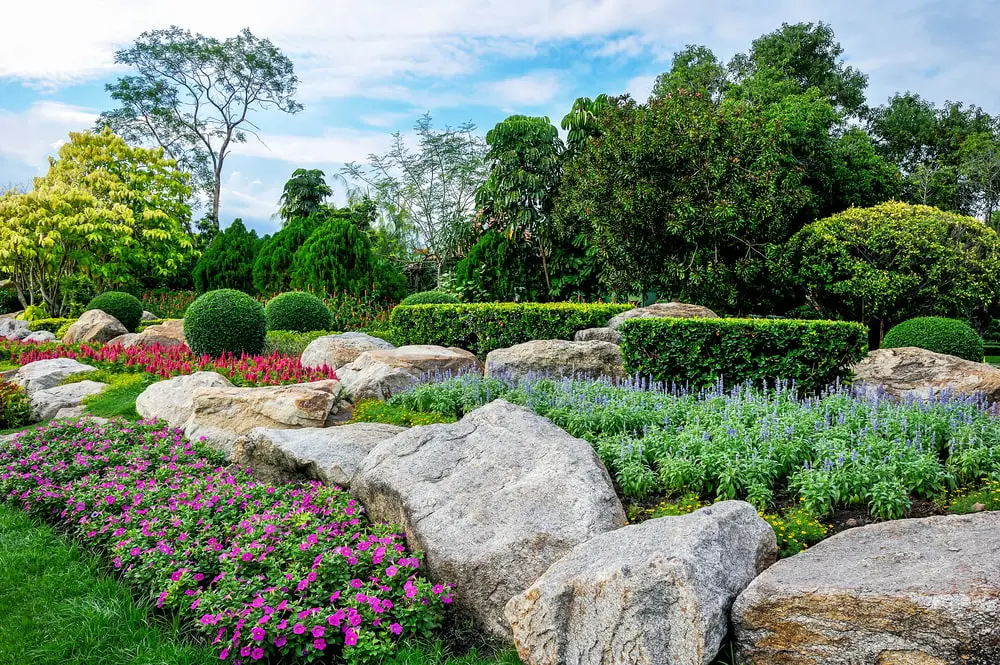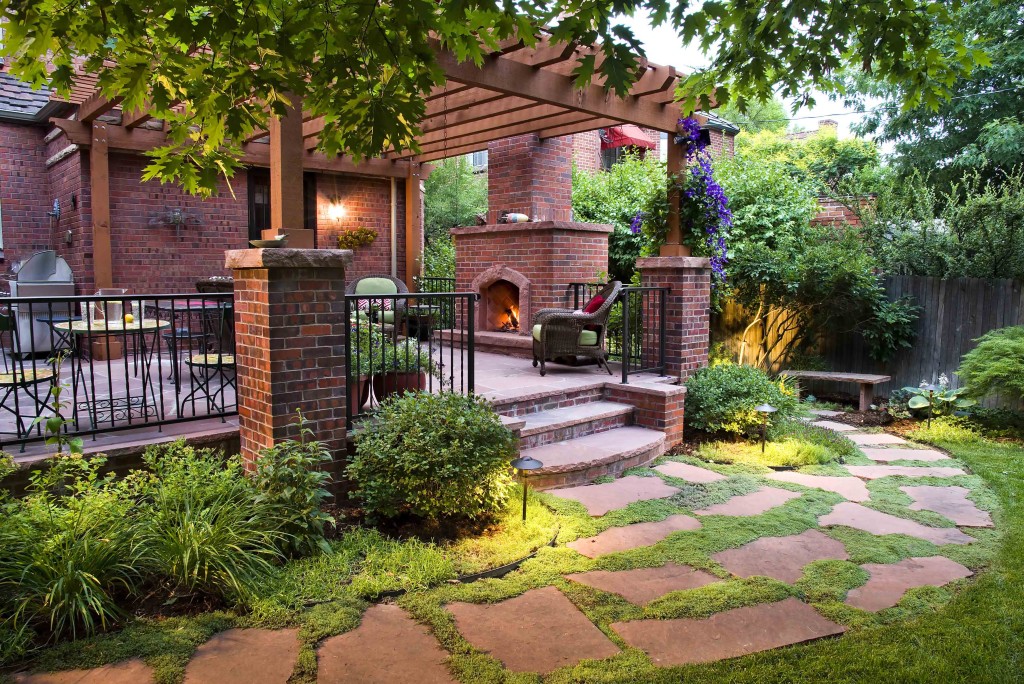The smart Trick of Hilton Head Landscapes That Nobody is Discussing
The smart Trick of Hilton Head Landscapes That Nobody is Discussing
Blog Article
5 Simple Techniques For Hilton Head Landscapes
Table of ContentsWhat Does Hilton Head Landscapes Do?Getting My Hilton Head Landscapes To WorkHow Hilton Head Landscapes can Save You Time, Stress, and Money.The 7-Minute Rule for Hilton Head LandscapesGetting My Hilton Head Landscapes To WorkGet This Report on Hilton Head LandscapesLittle Known Questions About Hilton Head Landscapes.
Line creates all kinds and patterns and can be utilized in a selection of methods in the landscape. Line in the landscape is created by the side in between two products, the summary or silhouette of a kind, or a long linear attribute. Lines are an effective device for the designer due to the fact that they can be made use of to develop a limitless variety of forms and kinds, and they regulate movement of the eye and the body.

Lines in the landscape. The residential or commercial properties of lines establish how people react to the landscape, both psychologically and physically.
The Main Principles Of Hilton Head Landscapes
Straight lines are usually discovered in hardscape sides and product. Rounded lines create an informal, natural, loosened up personality that is associated more with nature and unbalanced balance. Rounded lines move the eye at a slower rate and include mystery to the area by developing surprise views. Vertical lines relocate the eye up, making a room feel larger.
Upright lines in the landscape include high, slim plant product, such as trees, or high frameworks, such as an arbor or a bird home on a post. Straight lines move the eye along the ground airplane and can make a space feel bigger. Reduced lines are extra subdued and create a sensation of rest or repose.
The Main Principles Of Hilton Head Landscapes
Lines are likewise created by the vertical kinds of developed features and plant product. There are three key line types that create type in the landscape: bedlines, hardscape lines, and plant lines.
Bedlines attach plant material to your home and hardscape because the eye follows the line, moving the look through the landscape. Hardscape lines are developed by the edge of the hardscape, which defines the constructed structure. Line can additionally be created by lengthy and slim materials, such as a fencing or wall surface.
The Basic Principles Of Hilton Head Landscapes
Form is found in both hardscape and plants, and it is commonly the leading visual aspect that spatially arranges the landscape and frequently determines the style of the garden. The type of structures, plant beds, and garden ornaments also identifies the overall type motif of the garden. Formal, geometric types consist of circles, squares, and polygons.
Plants produce type in the garden through their describes or silhouettes, however type can likewise be defined by a space or negative area in between plants - Landscapers near me (https://justpaste.it/e9f4d). Circles can be cycles, or they can be separated into half circles or circle segments and integrated with lines to create arcs and tangents
The Ultimate Guide To Hilton Head Landscapes
Circles are a strong design form because the eye is constantly drawn to the facility, which can be used to highlight a focal factor or link various other types. Circular kinds in hardscape and lawn panels.
The square kind can also be segmented and used continuously to create a grid pattern. Unlike circles, squares are stronger on the edges, which can be aligned or overlapped to develop unique patterns and more complicated forms. Polygons are many-sided types with straight sides. Triangulars, as an example, are three-sided polygons.
Meandering lines commonly imitate the all-natural training course of rivers or streams and can be defined as smooth lines with deeply curved undulations. Twisting lines (Number 3) function well for paths, plant bedlines, and completely dry stream beds. Twisting lines can include passion and secret to a garden by leading visitors around edges to uncover brand-new views and areas.
Hilton Head Landscapes for Dummies

Figure 5. Fragmented edges: tipping rocks in pathway. Form is one of the most long-lasting high quality of a plant (landscaping hilton head sc). https://www.tumblr.com/h1tnhdlndscps/754928253939187712/family-owned-and-operated-hilton-head-landscapes?source=share. Typical plant forms are well developed and standard, as type is the most regular and well-known attribute of plants. Type can also be created via the massing of plants, where the total mass produces a different form than a specific plant.
An extremely different type must be made use of with careone or two job well as a focal point, but way too many wreak havoc. All-natural plant types, as opposed to over-trimmed kinds, must establish the mass of the make-up. The significance of general kind is much more or much less dependent on the checking out perspectivethe form of a tree can appear fairly different to an individual standing under the cover versus seeing the tree from a range in an open area.
The Ultimate Guide To Hilton Head Landscapes
Plant kinds also develop and specify the void or open rooms between the plants, producing either convex or concave types in the gaps. High-arching tree branches usually develop a concave open room under the branches, and a rounded canopy with low branches fills up the area to create a convex form in the open space under the tree.

Report this page